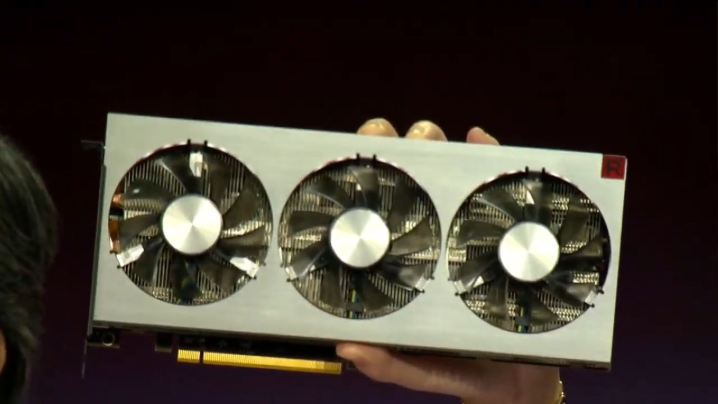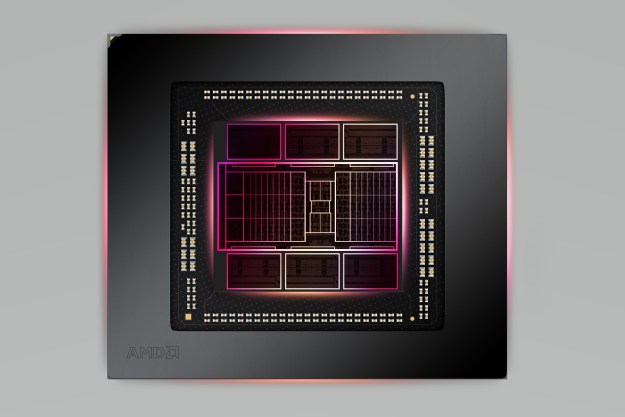
A patent application filed by AMD in July 2017 has just been published and it’s given us our first hints of what its next-generation graphics architecture might be. We don’t mean the newly announced Radeon VII, nor the upcoming Navi, but whatever comes after that. It could be the 7nm+ architecture allegedly code-named Arcturus, but whatever badge you slap on it, the patent hints at what AMD has planned beyond its aged Graphics Core Next (GCN) architecture, which has been at the core of its graphics card technologies since 2012.
The patent in question is for a new “Stream processor with high bandwidth and low power vector register file.” It was originally spotted by Twitter user @Komachi and reveals a number of intriguing details about what may come next among AMD’s graphics developments. At its core, the updated design should make AMD’s graphics cards more powerful and more efficient at the same time, by making the individual compute units far more capable at independent operation.
The GCN architecture AMD currently employs in all of its graphics cards utilizes compute units which share a lot of their resources, as PCGamesN explains. In some instances, that can be a limiting factor on performance as the resources can only be doled out to respond to one instruction at a time. The high bandwidth stream processors that the AMD patent discusses would circumvent this problem by giving each compute unit its own instruction queue, cache, and buffer. That would allow them to perform tasks individually, without waiting for resources to be freed up elsewhere.
This improvement in parallel processing capability would not only make AMD’s new graphics cards more capable for gaming, but would make them much more capable at general compute tasks, too. AMD’s GCN is already fantastically capable in that sense and that’s why Radeon cards are popular for cryptocurrency mining, rendering, and other enterprise tasks. If this new stream processor design does make its way into Arcturus, that could make AMD’s
As with all patent filings though, there is no guarantee that this is a technology AMD will actually make use of. It’s equally possible that it was filed just to stop someone else from using a similar design, or to provide a licensing revenue stream. In any case, it’s still an intriguing technological innovation that we’d be interested to see more of if it does make its way into some real-world silicon in the future.
Updated on Janaury 23, 2019: Updated headline.
Editors' Recommendations
- The sad reality of AMD’s next-gen GPUs comes into view
- AMD still hasn’t made the big APU dream a reality
- AMD just announced the graphics card everyone has been waiting for
- Gigabyte may have just leaked AMD next big release
- AMD might still have some next-gen GPUs left in the tank — but I don’t buy it





